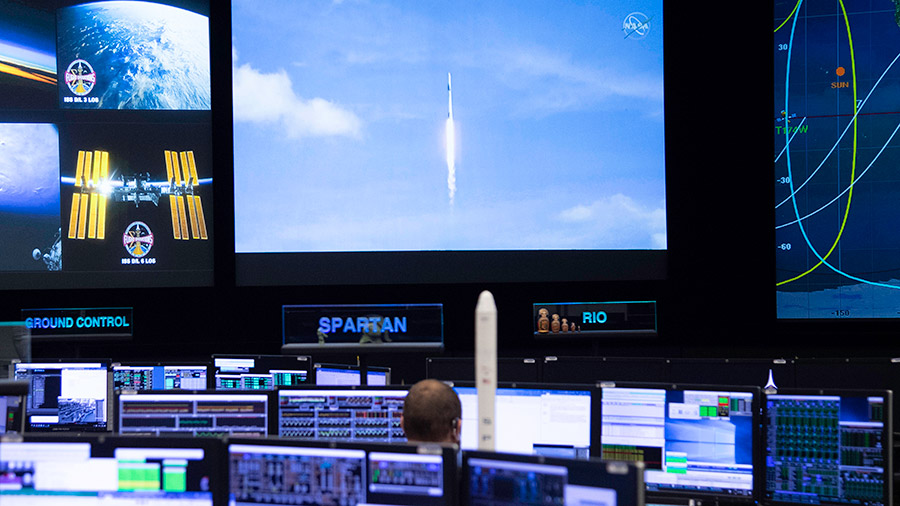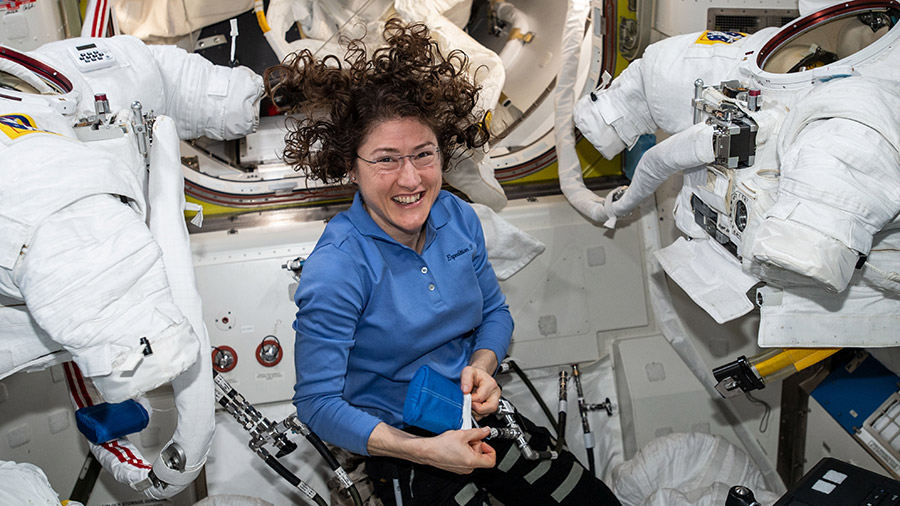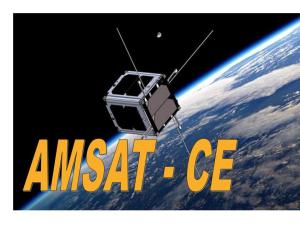Dragon Reaches Orbit, Astronauts Prepare for Saturday Capture

Dragon’s solar arrays have deployed and the spacecraft is safely in orbit following a launch on the SpaceX Falcon 9 rocket at 6:01 p.m. EDT from Cape Canaveral Air Force Station in Florida, carrying more than 5,000 pounds of research, hardware and supplies to the International Space Station. Dragon is scheduled to arrive at the orbiting laboratory Saturday, July 27.
NASA astronauts Nick Hague will grapple Dragon with Christina Koch acting as a backup. NASA’s Andrew Morgan will assist the duo by monitoring telemetry during Dragon’s approach. The station crew will monitor Dragon vehicle functions during rendezvous. After Dragon capture, ground commands will be sent from mission control in Houston for the station’s arm to rotate and install it on the bottom of the station’s Harmony module.

Mission coverage is as follows:
- 8:30 a.m. – Dragon rendezvous, grapple and berthing. Capture is scheduled for approximately 10 a.m.
- 12 p.m. – Dragon installation to the nadir port of the Harmony module of the station
This delivery, SpaceX’s 18th cargo flight to the space station under NASA’s Commercial Resupply Services contract, will support dozens of new and existing investigations. NASA’s research and development work aboard the space station contributes to the agency’s deep space exploration plans, including returning astronauts to the Moon’s surface in five years.
- Highlights of space station research that will be facilitated by Dragon spacecraft’s arrival are:
- The BioFabrication Facility is designed to print organ-like tissues in microgravity, acting as a stepping- stone in a long-term plan to manufacture whole human organs in space using refined biological 3D printing techniques.
- A Goodyear Tire investigation is pushing the limits of silica fillers for tire applications. A better understanding of silica morphology and the relationship between silica structure and its properties could improve the silica design process, silica rubber formulation, and tire manufacturing and performance on the ground.
- The Space Tango – Induced Stem Cells investigation will take cells from patients with Parkinson’s disease and Multiple Sclerosis to be cultured on the space station to examine cell to cell interactions that occur in neurodegenerative disease.
- The Cell Science-02 investigation is comparing the ability of two different bone inducing growth factors, one novel and one currently used in bone healing therapies, to stimulate growth, differentiation and related cellular functions of osteoblast in the microgravity environment.
Learn more about station activities by following @space_station and @ISS_Research on Twitter as well as the ISS Facebook and ISS Instagram accounts.
Mark Garcia
Powered by WPeMatico





